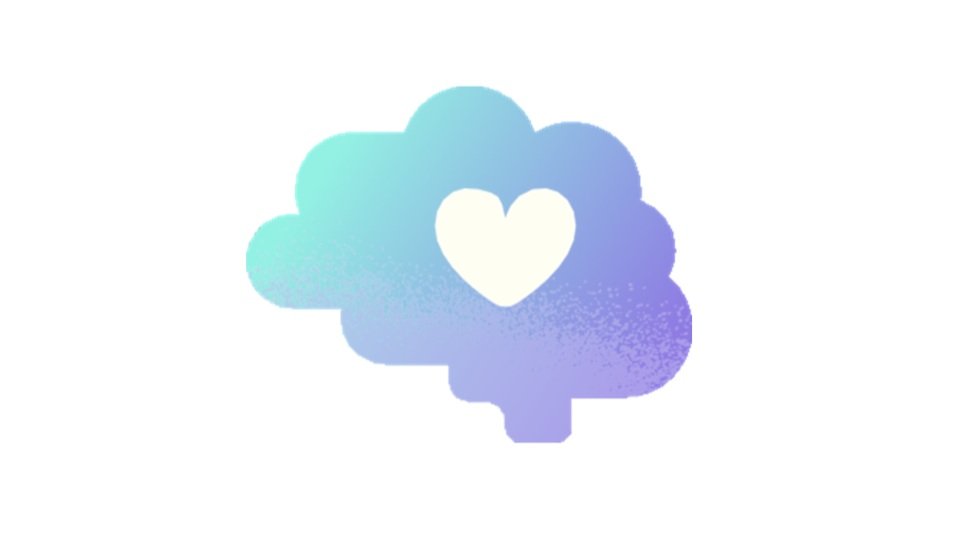
Education Worker Toolkit
Like all Canadians, education workers and teachers experience mental health challenges. As part of a larger study of Canadian professional workers, 1146 education workers completed a survey to explore their experiences with mental health, leaves of absence, and return to work between November 2020 and May 2021.
Click below for the education report
A high number of education workers in our study, over 50%, reported having had a mental health issue at some point during their careers, with female teachers reporting high rates.
53 education workers were interviewed about their experiences. Themes such as increased workload, digital stress, the impact of leadership, social isolation and feeling disconnected were mentioned most often.
Our research team utilized survey data and interview stories to curate a list of resources to help improve education worker mental health with a focus on system, organization and team level resources.

















This Toolkit explores how to implement the Canadian Healthy School Standards, with a specific focus on the actions needed at a school system leadership level. It provides a pathway to follow in the form of six interconnected checklists, along with connections to additional resources.